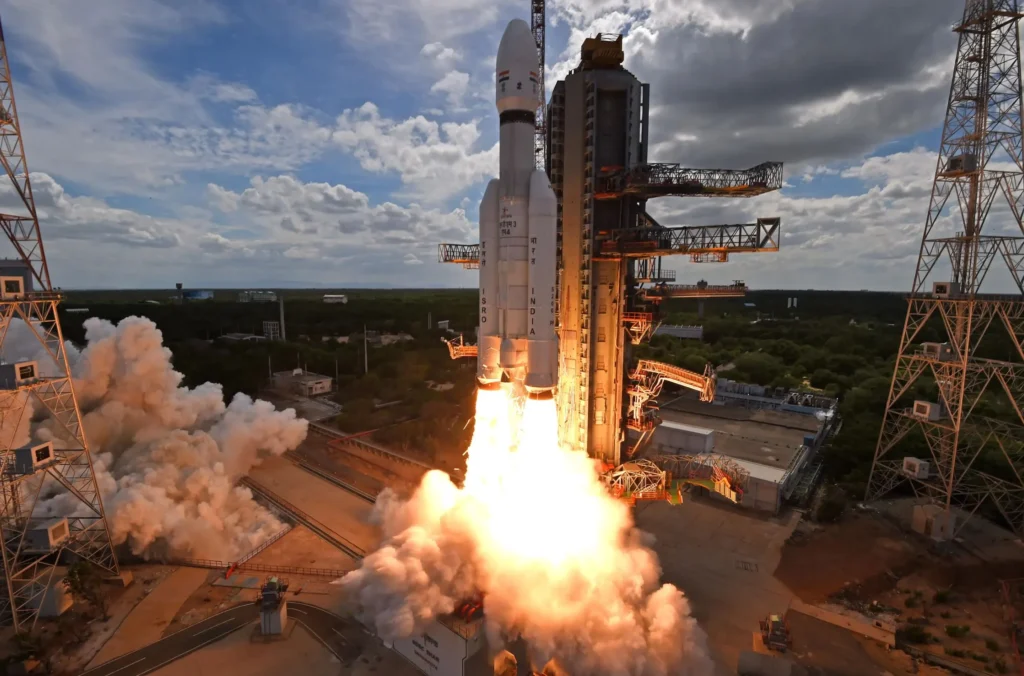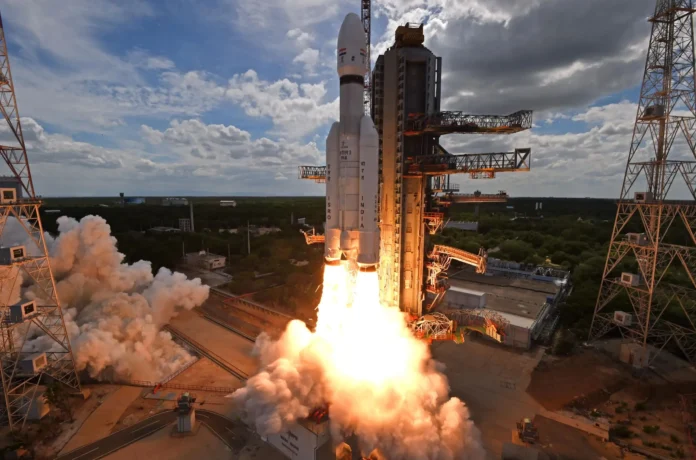India’s space ambitions are rising higher than ever, and the next giant leap is already in the works: Chandrayaan-4, ISRO’s upcoming lunar mission. Following the remarkable success of Chandrayaan-3, which made history by soft-landing near the Moon’s South Pole, the next mission aims to dig deeper — quite literally.
But what exactly is Chandrayaan-4? What is India planning with this ambitious mission? Let’s explore.

Why the Moon’s South Pole Again?
The Moon’s South Pole has become one of the most scientifically intriguing regions in space exploration. Unlike the equator, the polar regions host areas that remain in permanent shadow — creating the perfect trap for water ice. Finding and analyzing this ice is key to understanding the Moon’s geology and supporting future human missions.
While Chandrayaan-3 confirmed the presence of elements like sulfur and oxygen and gave us valuable surface data, Chandrayaan-4 plans to go a step further.
What is Chandrayaan-4?
- Lunar Sample Return Mission: One of the key objectives may be to collect samples from the Moon’s South Pole and bring them back to Earth. This would mark a first for India and place it among an elite group of nations — including the US, China, and the former Soviet Union — that have achieved this.
- Advanced Lander & Rover: A more sophisticated lander and rover system is expected, possibly with deeper drilling capabilities and more autonomous technology.
- Collaborative Efforts: There may be opportunities for international collaboration, with payloads from partner countries or joint science objectives.
Technological Challenges Ahead
A sample return mission is a major step up in terms of complexity. Chandrayaan-4 would need:
- A lander that can touch down precisely and safely.
- A rover or drill system capable of collecting sub-surface material.
- An ascent module to launch the sample back into lunar orbit.
- An orbiter or return capsule to carry the samples safely to Earth.
This would likely involve multiple modules working in coordination — a technological leap for ISRO, but well within its growing capabilities.
Why This Mission Matters
If successful, Chandrayaan-4 would:
- Demonstrate India’s ability to conduct complex interplanetary missions.
- Provide pristine lunar samples for scientific analysis — potentially revealing secrets about the Moon’s origin, evolution, and even clues about water sources.
- Strengthen India’s position as a major space power and encourage further investment in its space sector.
The Bigger Picture
India’s interest in the Moon is not just scientific — it’s also strategic. The Moon is increasingly seen as a potential staging ground for deep space exploration and even future space economies. Water ice, for instance, could support lunar habitats or be converted into rocket fuel for missions to Mars and beyond.
In this context, Chandrayaan-4 is more than just a scientific mission — it’s a step toward long-term lunar presence and sustainable space exploration.
What’s Next?
ISRO is currently in the design and development phase for Chandrayaan-4. A timeline has not been officially confirmed, but if progress continues smoothly, we might see the mission launch within the next few years — possibly around 2028 or sooner.
As we await more official details, one thing is clear: Chandrayaan-4 has the potential to make history once again, not just for India, but for the global scientific community.
Final Thoughts
The Moon’s South Pole holds many mysteries, and India is determined to be at the forefront of unlocking them. With Chandrayaan-4, ISRO is setting its sights higher, smarter, and deeper than ever before. It’s not just about reaching the Moon — it’s about exploring it, understanding it, and shaping the future of space exploration.







